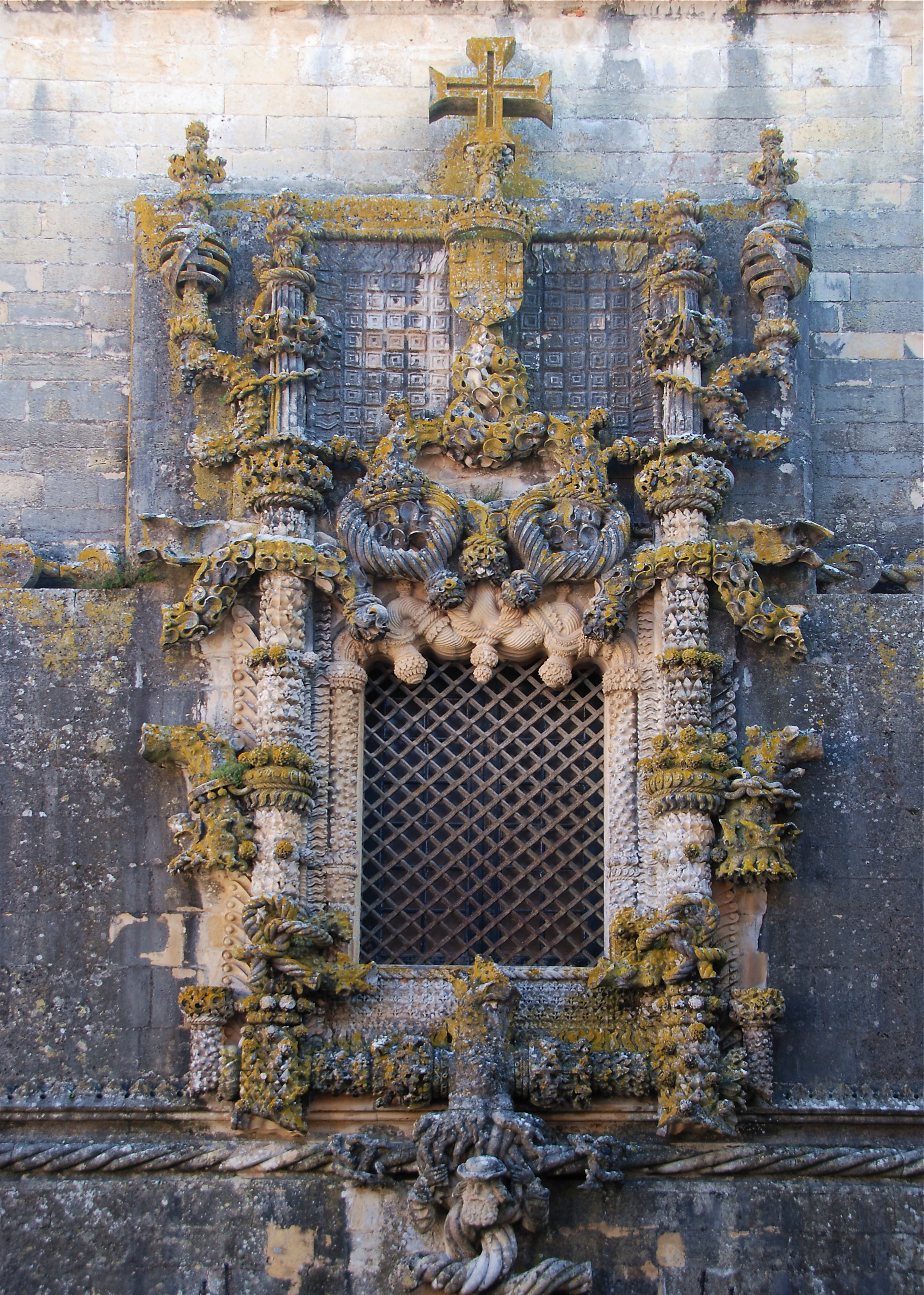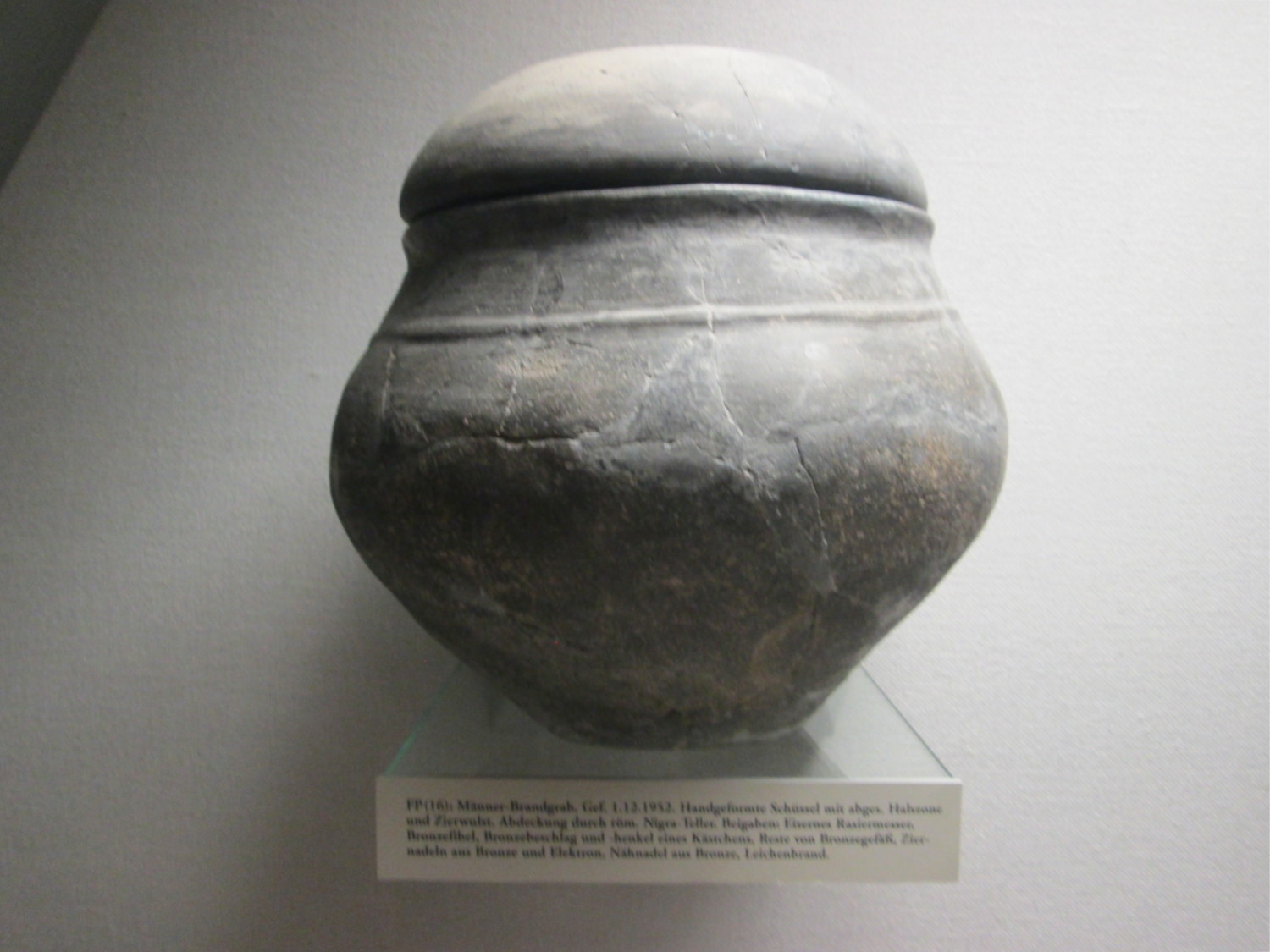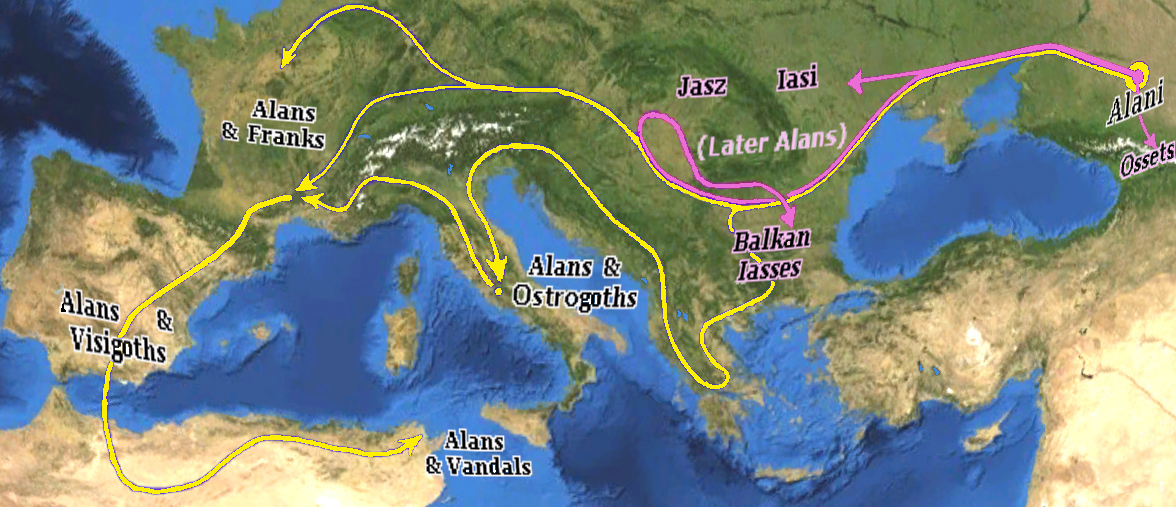|
Vestiaria, Portugal
Vestiaria is a ''freguesia'' ("civil parish") in the Alcobaça municipality, in Portugal, around north of Lisbon. History The region which includes the Vestiaria parish was successively inhabited by the Romans, the Alans, Suebi and Visigoths. Later, the region was occupied by Arabs for about 500 years, to be responsible to recover the prosperity that had been achieved by the Romans. At this time, the castle of Alcobaça was born (of Arab origin); however, when the conquest of Santarém from the Moors, the castle of Alcobaça along with the Alfeizerão, they were taken by D. Afonso Henriques in 1148, having received Alcobaça this monarch, a letter of Couto, giving it wide limits. Therefore, and due to its geographical location on the village and monastery of Alcobaça, that is very close, it is assumed that Vestiaria has been inhabited since very ancient times; judging is, moreover, that Vestiaria suffered all events in Alcobaça, since the award of the letter of Couto to the ... [...More Info...] [...Related Items...] OR: [Wikipedia] [Google] [Baidu] |
Portugal
Portugal, officially the Portuguese Republic, is a country on the Iberian Peninsula in Southwestern Europe. Featuring Cabo da Roca, the westernmost point in continental Europe, Portugal borders Spain to its north and east, with which it shares Portugal-Spain border, the longest uninterrupted border in the European Union; to the south and the west is the North Atlantic Ocean; and to the west and southwest lie the Macaronesia, Macaronesian archipelagos of the Azores and Madeira, which are the two Autonomous Regions of Portugal, autonomous regions of Portugal. Lisbon is the Capital city, capital and List of largest cities in Portugal, largest city, followed by Porto, which is the only other Metropolitan areas in Portugal, metropolitan area. The western Iberian Peninsula has been continuously inhabited since Prehistoric Iberia, prehistoric times, with the earliest signs of Human settlement, settlement dating to 5500 BC. Celts, Celtic and List of the Pre-Roman peoples of the Iberia ... [...More Info...] [...Related Items...] OR: [Wikipedia] [Google] [Baidu] |
Santarém, Portugal
Santarém () is a Portugal, Portuguese city and municipality located in the district of Santarém District, Santarém. The population of the historic Ribatejo capital in 2021 was 58,671,excluding the parish Pombalinho, that changed from the municipality of Santarém to Golegã in 2013 in an area of 552.54 km2. The population of the city proper was 29,929 in 2012. The mayor is Ricardo Gonçalves (Social Democratic Party (Portugal), PSD). The municipal holiday is March 19, the day of Saint Joseph (''São José''). The city is on the Portuguese Way variant of the Way of Saint James. History Since prehistory, the region of Santarém has been inhabited, first by the Lusitani people and then by the Ancient Greece, Greeks, Ancient Rome, Romans, Visigoths, Arabs and later Portuguese Christians. Of the various legends related to the foundation of Santarém, the most famous tells of the Visigoth Saint Iria (or Irene), who was martyred in Tomar (''Nabantia'') and whose uncorrupted ... [...More Info...] [...Related Items...] OR: [Wikipedia] [Google] [Baidu] |
Alfeizerão
Alfeizerão is a ''freguesia (), usually translated as "parish" or "civil parish", is the third-level administrative subdivision of Portugal, as defined by the 1976 Constitution. It is also the designation for local government jurisdictions in the former Portuguese over ...'' ("civil parish") in the municipality of Alcobaça, Portugal. The population in 2011 was 3,854, in an area of 27.99 km2. References Freguesias of Alcobaça, Portugal {{Leiria-geo-stub ... [...More Info...] [...Related Items...] OR: [Wikipedia] [Google] [Baidu] |
São Martinho Do Porto
São Martinho do Porto is a civil parish in Alcobaça Municipality and in the Oeste Subregion, Oeste region of Portugal. The population in 2011 was 2,868, in an area of 14.64 km2. It was a town and county seat until 1855. History The region constituted by the Serra da Pescaria and by the Bouro mountain constituted, in geological times, a single island. When it was divided it gave rise to the bay of São Martinho do Porto. In historical times, the village was mentioned for the first time in a letter passed in 1257 by Friar Estevão Martins, 12th abbot of the Monastery of Alcobaça. The bay was the sea port of Alcobaça, where activities related to fishing and shipbuilding were developed. It had, in 1801, 932 inhabitants. In 1839 the parishes of Alfeizerão, Salir do Porto and Serra do Bouro were annexed. It had, in 1849, 3,596 inhabitants. Given the local development and the construction of the pier, already around 1885 the neighborhood of the beach came to remember a sec ... [...More Info...] [...Related Items...] OR: [Wikipedia] [Google] [Baidu] |
Manueline
The Manueline (, ), occasionally known as Portuguese late Gothic, is the sumptuous, composite Portuguese architectural style originating in the 16th century, during the Portuguese Renaissance and Age of Discoveries. Manueline architecture incorporates maritime elements and representations of the discoveries brought from the voyages of Vasco da Gama and Pedro Álvares Cabral. This innovative style synthesizes aspects of Late Gothic Flamboyant architecture with original motifs and influences of the Plateresque, Mudéjar, Italian, and Flemish architecture. It marks the transition from Late Gothic to Renaissance. The construction of churches and monasteries in Manueline was largely financed by proceeds of the lucrative spice trade with Africa and India. The style was given its name, many years later, by Francisco Adolfo de Varnhagen, Viscount of Porto Seguro, in his 1842 book ''Noticia historica e descriptiva do Mosteiro de Belem, com um glossario de varios termos respectivos ... [...More Info...] [...Related Items...] OR: [Wikipedia] [Google] [Baidu] |
Cistercians
The Cistercians (), officially the Order of Cistercians (, abbreviated as OCist or SOCist), are a Catholic religious order of monks and nuns that branched off from the Benedictines and follow the Rule of Saint Benedict, as well as the contributions of the highly influential Bernard of Clairvaux, known as the Latin Rule. They are also known as Bernardines, after Bernard of Clairvaux, Saint Bernard, or as White Monks, in reference to the colour of their cowl, as opposed to the black cowl worn by Benedictines. The term ''Cistercian'' derives from ''Cistercium,'' the Latin name for the locale of Cîteaux, near Dijon in eastern France. It was here that a group of Benedictine monks from the monastery of Molesme Abbey, Molesme founded Cîteaux Abbey in 1098. The first three abbots were Robert of Molesme, Alberic of Cîteaux and Stephen Harding. Bernard helped launch a new era when he entered the monastery in the early 1110s with 30 companions. By the end of the 12th century, the ord ... [...More Info...] [...Related Items...] OR: [Wikipedia] [Google] [Baidu] |
Tarouca
Tarouca () is a municipality and a city in Viseu District in Norte Region and Douro Subregion in Portugal. The population in 2011 was 8,046, in an area of 100.08 km2. The city of Tarouca proper has about 3,400 residents; it was promoted to city in December 2004. The present mayor is Mário Caetano Teixeira Ferreira, elected by the Socialist Party Socialist Party is the name of many different political parties around the world. All of these parties claim to uphold some form of socialism, though they may have very different interpretations of what "socialism" means. Statistically, most of th .... The municipal holiday is June 29. Parishes Administratively, the municipality is divided into 7 civil parishes ('' freguesias''): * Gouviães e Ucanha * Granja Nova * Mondim da Beira * Salzedas * São João de Tarouca * Tarouca e Dálvares * Várzea da Serra Notable people * José Leite de Vasconcelos (1858 in Ucanha, Tarouca – 1941) a Portuguese ethnographer, archaeol ... [...More Info...] [...Related Items...] OR: [Wikipedia] [Google] [Baidu] |
Moors
The term Moor is an Endonym and exonym, exonym used in European languages to designate the Muslims, Muslim populations of North Africa (the Maghreb) and the Iberian Peninsula (particularly al-Andalus) during the Middle Ages. Moors are not a single, distinct or Ethnonym, self-defined people. Europeans of the Middle Ages and the early modern period variously applied the name to Arabs, Berbers, and Islam in Europe, Muslim Europeans. The term has been used in a broader sense to refer to Muslims in general,Menocal, María Rosa (2002). ''Ornament of the World: How Muslims, Jews and Christians Created a Culture of Tolerance in Medieval Spain''. Little, Brown, & Co. , p. 241 especially those of Arab or Berber descent, whether living in al-Andalus or North Africa. The 1911 ''Encyclopædia Britannica'' observed that the term had "no real ethnological value." The word has racial connotations and it has fallen out of fashion among scholars since the mid-20th century. The word is also used ... [...More Info...] [...Related Items...] OR: [Wikipedia] [Google] [Baidu] |
Visigoths
The Visigoths (; ) were a Germanic people united under the rule of a king and living within the Roman Empire during late antiquity. The Visigoths first appeared in the Balkans, as a Roman-allied Barbarian kingdoms, barbarian military group united under the command of Alaric I. Their exact origins are believed to have been diverse but they probably included many descendants of the Thervingi who had moved into the Roman Empire beginning in 376 and had played a major role in defeating the Romans at the Battle of Adrianople in 378. Relations between the Romans and Alaric's Visigoths varied, with the two groups making treaties when convenient, and warring with one another when not. Under Alaric, the Visigoths invaded Italy and sack of Rome (410), sacked Rome in August 410. The Visigoths were subsequently settled in southern Gaul as ''foederati'' to the Romans, a relationship that was established in 418. This developed as an independent kingdom with its Capital city, capital at Toulou ... [...More Info...] [...Related Items...] OR: [Wikipedia] [Google] [Baidu] |
Leiria District
The District of Leiria ( ) is a district located between the Oeste e Vale do Tejo and Centro regions of Portugal, and divided between the traditional provinces of Beira Litoral and Estremadura. It borders on the north with district of Coimbra, on the east with district of Castelo Branco and with district of Santarém, on the south with district of Lisbon and on the west with the Atlantic Ocean. The district capital is the city of Leiria. Municipalities In the current main division of the country, the district is divided into two NUTS of Portugal, the Oeste e Vale do Tejo and the Centro regions, with its municipalities distributed by the Nomenclatures of territorial units for statistical purposes (NUTIII) of the Oeste (which was integrated into the new NUTII created in 2023) and the Leiria region. * Oeste e Vale do Tejo ** Oeste *** Alcobaça *** Bombarral *** Caldas da Rainha *** Nazaré *** Óbidos *** Peniche * Centro ** Leiria region *** Alvaiázere *** ... [...More Info...] [...Related Items...] OR: [Wikipedia] [Google] [Baidu] |
Suebi
file:1st century Germani.png, 300px, The approximate positions of some Germanic peoples reported by Graeco-Roman authors in the 1st century. Suebian peoples in red, and other Irminones in purple. The Suebi (also spelled Suavi, Suevi or Suebians) were a large group of Germanic peoples originally from the Elbe river region in what is now Germany and the Czech Republic. In the early Roman era they included many peoples with their own names such as the Marcomanni, Quadi, Hermunduri, Semnones, and Lombards. New groupings formed later, such as the Alamanni and Bavarians, and two kingdoms in the Migration Period were simply referred to as Suebian. Although Tacitus specified that the Suebian group was not an old tribal group itself, the Suebian peoples are associated by Pliny the Elder with the Irminones, a grouping of Germanic peoples who claimed ancestral connections. Tacitus mentions Suebian languages, and a geographical "Suevia". The Suevians were first mentioned by Julius Caesar i ... [...More Info...] [...Related Items...] OR: [Wikipedia] [Google] [Baidu] |
Alans
The Alans () were an ancient and medieval Iranian peoples, Iranic Eurasian nomads, nomadic pastoral people who migrated to what is today North Caucasus – while some continued on to Europe and later North Africa. They are generally regarded as part of the Sarmatians, and possibly related to the Massagetae. Modern historians have connected the Alans with the Central Asian Yancai of China, Chinese sources and with the Aorsi of Ancient Rome, Roman sources. Having migrated westwards and becoming dominant among the Sarmatians on the Pontic–Caspian steppe, the Alans are mentioned by Roman sources in the . At that time they had settled the region north of the Black Sea and frequently raided the Parthian Empire and the South Caucasus provinces of the Roman Empire. From the Goths broke their power on the Pontic Steppe, thereby assimilating a sizeable portion of the associated Alans. Upon the Huns, Hunnic defeat of the Goths on the Pontic Steppe around , many of the Alans migrated w ... [...More Info...] [...Related Items...] OR: [Wikipedia] [Google] [Baidu] |






